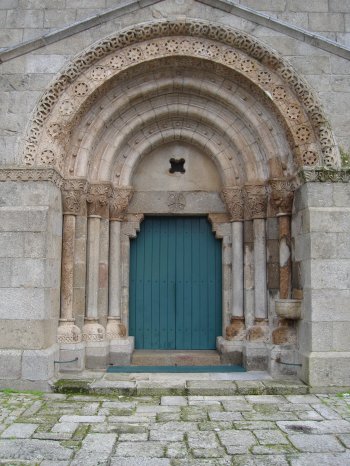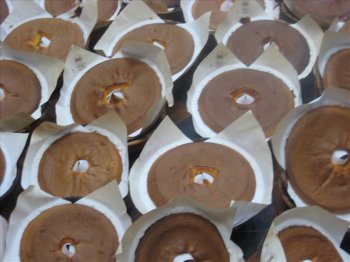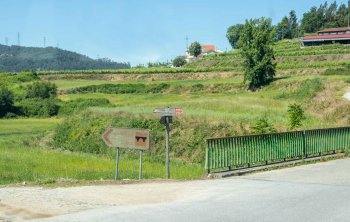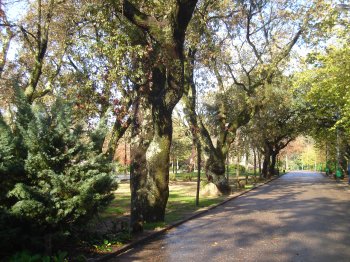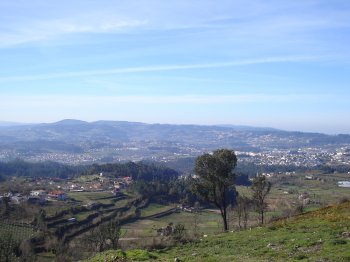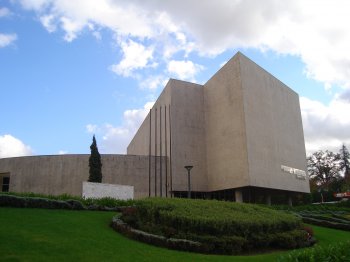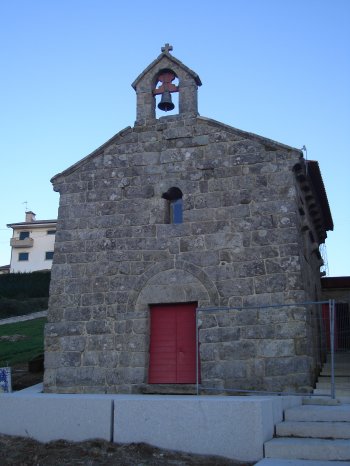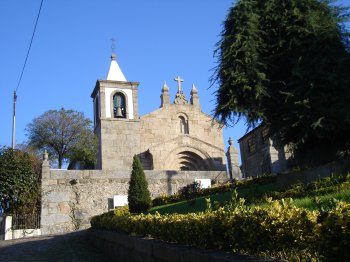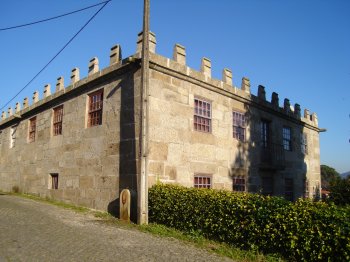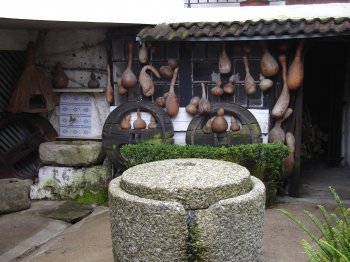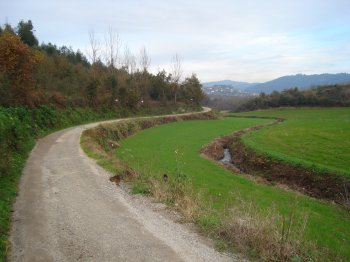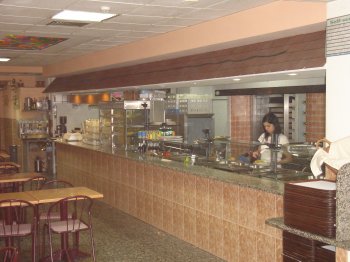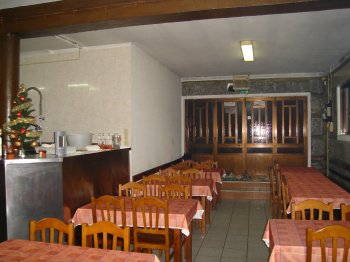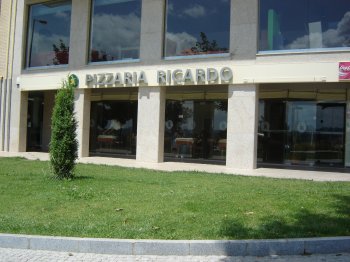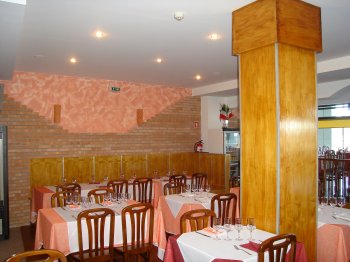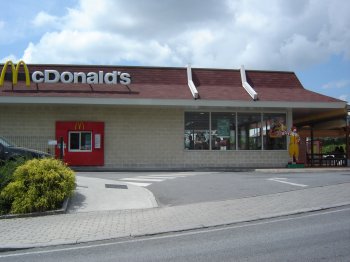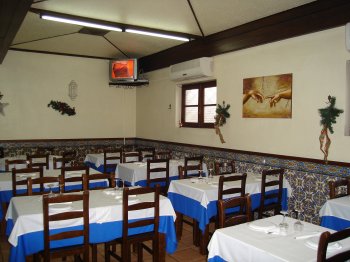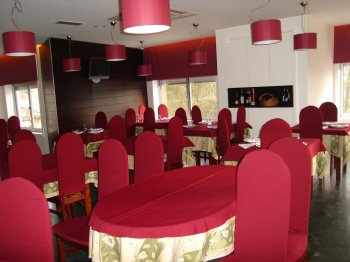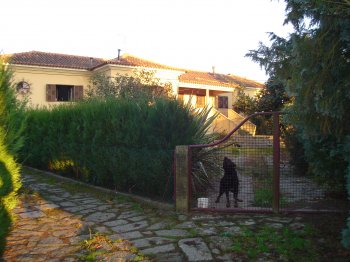Felgueiras
The Felgueiras municipality, located in the northern region of Vale do Sousa, is known for being one of the capitals of Portuguese footwear. This sector therefore occupies an important role in the local economy, although agriculture, the production of "vinho verde" (green wine) and handicrafts are also important activities. As far as tourism is concerned, the municipality is part of one of the most interesting routes in Portugal: Vale do Sousa Route of the Romanesque. Its richness is also manifested in the ethnographic heritage: fairs, festivals or pilgrimages. Highlight for the traditional festivities of the municipality, in honor of São Pedro. The peak of the celebrations is on June 29, in celebration of the municipal holiday.
What to do in Felgueiras
Travel Guide
Up to date tourist information about the city's top attractions
The Route of the Romanesque: discover the Valleys of Sousa, Tâmega and Douro
Combine history with adventure and be conquered by The Route of the Romanesque, which crosses the Sousa, Douro and Tâme…
Where to eat in Felgueiras
Portuguese, Regional
20.50 €
A welcoming atmosphere in this restaurant where the food is well prepared and the service excellent…
Italian, Portuguese
9.00 €
A room with a youthful, modern decor in a restaurant with a wide variety of dishes and fast meals. …
Portuguese
12.00 €
A simple restaurant with a rustic decor. The building is entirely constructed in stone and that len…
International, Portuguese
9.00 €
Portuguese and international specialities in a modern space with a select atmosphere. Perfect prepa…
Americana, Fast food
6.00 €
A space that specializes in hamburgers, with a fast service and low prices.
Portuguese
9.00 €
A friendly restaurant that serves fine regional and tipically Portuguese food.
Portuguese
12.00 €
A welcomingf restaurant that serves delicious regional Portuguese dishes.
Where to sleep in Felgueiras
4 star
Este design hotel inspira-se no estilo de vida do viajante global, oferecendo um serviço diferenciado e um design requintado.
The Monastery's farm offers four apartments type T1, 4 stars, equipped with bedroom, living room, bathroom and kitchen. Each apartment can accommodate two peop…
The "Casa do Penedo" (Penedo House) is a rural farm that produces agricultural goods, including wine. Nevertheless, it has been remodelled and is now a good pl…
Near Felgueiras
Matosinhos
Traditionally a land of fishermen, Matosinhos is currently much more than that: it is a rejuvenated and forward-looking city that knows how to welcom…
Santo Tirso
Addressing the origin of the municipality of Santo Tirso is to highlight the Monastery of São Nicolau, founded in 978, established by Count Dom Henri…
Maia
From a mere dormitory town for Porto, Maia has transformed itself in recent decades into a leading industrial, technological, and business hub in the…
Lousada
The municipality of Lousada, inserted in the region of Vale do Sousa, presents a set of very important Romanesque-style buildings, which you can meet…
